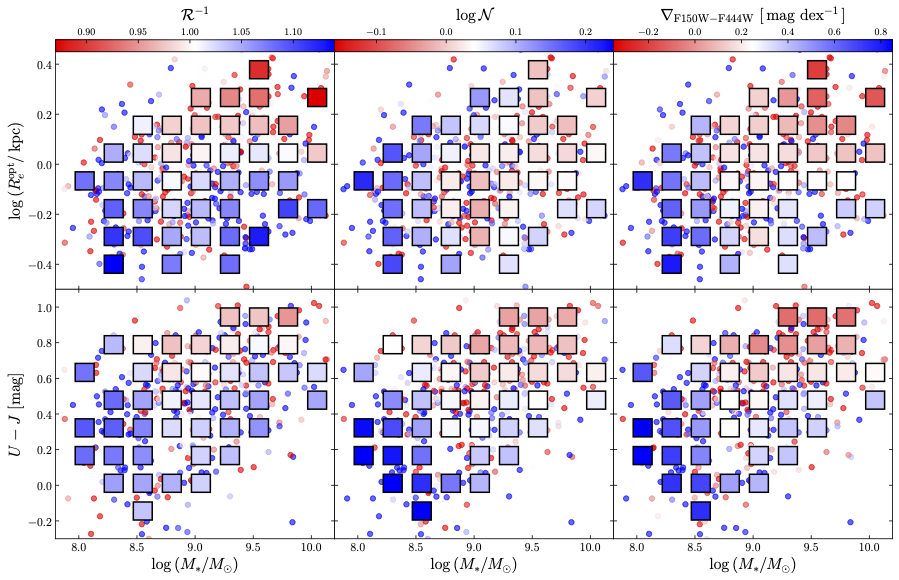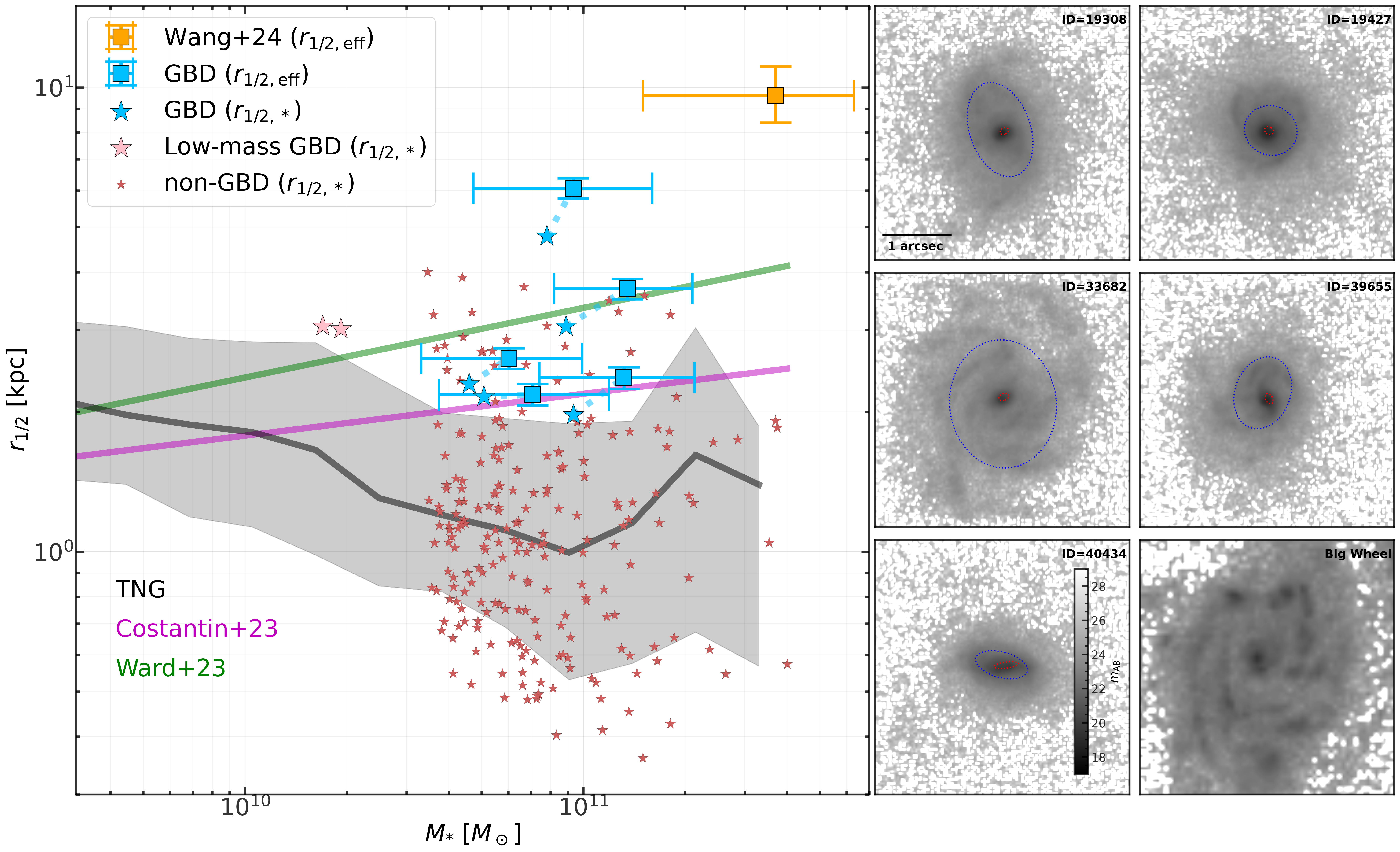Bingcheng Jin (金秉诚)
Email: bc.jin137@gmail.com
Phone: +1 734-881-3017
Bingcheng Jin (金秉诚)
Email: bc.jin137@gmail.com
Phone: +1 734-881-3017
🧐 I am a first year PhD student at Department of Astronomy, University of Michigan - Ann Arbor. Currently working on JWST image/spectral analysis and high-redshift galaxy properties with Dr. Feige Wang. I am interested in the earliest galaxy evolution, LSS, and cosmic reionization. Prior to joining U-M, I received my B.S. in astronomy from Peking University, where I worked with Prof. Luis C. Ho and Dr. Jinyi Shangguan on galaxy structural/SED properties.
📍 I was born and raised in Wenzhou, China, a southeastern coastal city known for (or perhaps infamous for) its declining industry and real estate bubble. My parents gave me the name Bingcheng (秉诚), which means "to inherit integrity" in Chinese, and I strive to live up to that name in my academic and personal pursuits.
You can find my CV here: [html version], [pdf version] (Last Update: September 2025)
B.S., Astronomy @ Department of Astronomy, School of Physics
Double Major in Economics @ National School of Development
--------
2021-09 to 2025-07
PhD student, Astronomy @ Department of Astronomy, LSA
--------
2025-08 to present
"A High Incidence of Central Star Formation Inferred from the Color Gradients of Galaxies at z>4"
Bingcheng Jin, Luis C. Ho, Wen Sun, 2025 ApJ 993 225
We study the rest-frame ultraviolet-optical color gradients of 441 galaxies at 4 < z < 8 by characterizing the wavelength dependence of their structural parameters derived from simultaneously fitting the seven-band NIRCam images acquired with the James Webb Space Telescope. Distinct from trends observed at lower redshifts, where most galaxies exhibit negative color gradients whereby galaxy centers are redder than their outskirts, in high-redshift galaxies positive color gradients are just as common as or even outnumber negative color gradients. Varying stellar population, dust, and active galactic nuclei can contribute to the observed color gradient. We show that for the majority of our sample, the observed color gradients principally reflect radial variations in stellar population, without strong contribution from dust reddening or contamination from active galactic nuclei. The sign and magnitude of the color profile depend systematically on the global properties of the galaxy: positive color gradients, characteristic of centrally concentrated star formation or outside-in growth, are found preferentially in galaxies of lower stellar mass, smaller size, and bluer spectral energy distribution.

"Formation and Environmental Context of Giant Bulgeless Disk Galaxies in the Early Universe: Insights from Cosmological Simulations"
Fangzhou Jiang, Jinning Liang, Bingcheng Jin, et al., 2025 (submitted to Nature Astronomy)
Giant bulgeless disk galaxies, theoretically expected to be rare in the early Universe, have been confirmed by the James Webb Space Telescope (JWST) to exist as early as 2 billion years after the Big Bang. These morphologically extreme systems offer valuable insights into the physics of disk formation and the interplay between galaxies and their dark-matter halos. Using cosmological simulations, we identify analogs of such galaxies with stellar masses around 10^11M⊙ and half-light radii up to 6 kpc at z ∼ 3. These galaxies form in young cosmic knots within host halos characterized by high spin, low central density, and spherical shapes. They feature dynamically coherent circum-galactic medium, as well as gas-rich, coherent mergers, which preserve their disk morphology and drive their large sizes. Interestingly, all the simulated giant disks harbor a compact, aligned inner disk, unresolved in JWST images with a Sérsic index near unity. These findings highlight the environmental and structural conditions necessary for forming and sustaining giant bulgeless disks and provide a theoretical framework for interpreting JWST observations of extreme disk morphologies in the early Universe.

- UMich Student Astronomical Society (SAS) Undergraduate Mentorship Program
Skills:
# Amateur Photographer/Astrophotographer
Specialized in astrophotography, capturing celestial events and deep-sky objects.
# Sports Enthusiast
Tennis, Soccer, Basketball, Squash, Motosport, Baseball, Skateboarding, Ultimate Frisbee, Bouldering
Under construction